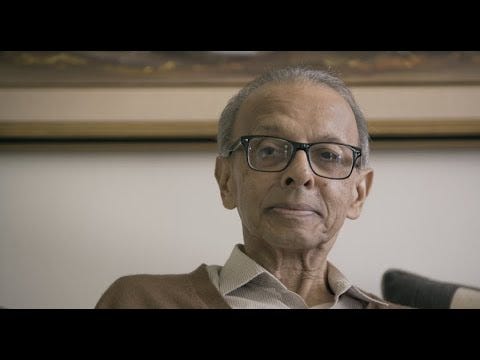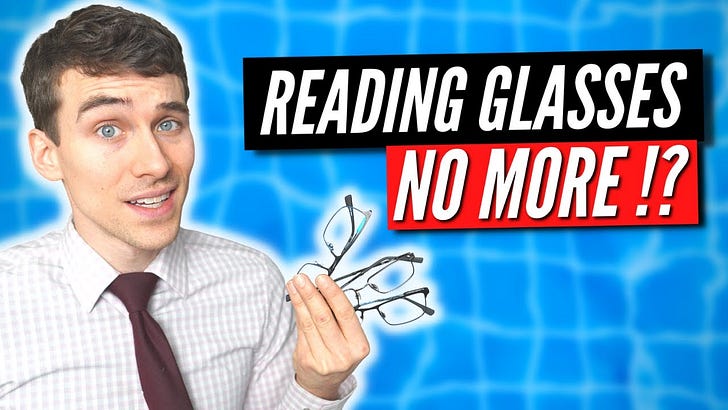The tweet set off a firestorm.
Imagine printers not being able to recognise a company's cartridges!
We have all grown used to the cat and mouse games that printer manufacturers play.
Replace all the four-color cartridges even though only one of them is drained.
Having to waste expensive toners because all the cartridges don't get empty at the same time.
Users try and find workarounds or cheaper solutions.
Companies find ways to block them.
And even though there are entrepreneurs who try to establish a market in the replacement market, they find it hard to succeed or scale.
So, it seems like poetic justice when companies have to deal with systems flagging genuine cartridges as counterfeits!
This is the problem. A semiconductor chip was the one blocking duplicate cartridges from being installed.
The moment the printer came on, it would check if the cartridge was from the company and if it wasn't, the printer would no longer work.
Now that there is a chip shortage, the cartridges are being shipped without them. And there is no way to differentiate.
And Canon admits that the toner levels cannot be detected.
Here's the formal statement from the company: Due to the ongoing global shortage of semiconductor components, Canon is currently experiencing challenges in procuring specific electronic components that are used in our consumable products for our multifunction printers (MFP). These components perform such functions as detecting remaining toner levels.
Look for the 'counterfeit' market to be rubbing their hands gleefully while the shortage persists.
Getting rid of homelessness
As economies rise and fall, the hardest hit are people rendered homeless.
It could be for a variety of reasons.
Traditionally, the solution has been to provide temporary rooms or dormitories.
That creates another layer of management and oversight - and any funds allocated to these options gets lost in the maze of government spending.
It's also a sticky issue politically - the homeless living on the margins have to use all their wits to merely get through a day and they're political footballs passed around from one constituency to the next one.
Finland is simply giving people homes - no questions asked.
What takes on added urgency is that temperatures in winter drop to -20 degrees and being out in the open means that even survival is in doubt.
While the population is nowhere near as large as some of the developing countries, it is still a tall order to provide a home when necessary. But the effect has been remarkable.
The first goal was to create 2500 homes, but they went up to 3,500.
The number of long-term homeless people has dropped by 35% and there is only one 50 bed shelter that remains from the earlier network.
It's not just space to live - the government follows up with support services like education, training and work placement help. Apart from teaching people to cook and clean the homes.
It may not be the solution that every country can implement but it may be a far better way of solving the problem than anything available today.
The question is, will every country be able to afford it?
5G runs into an air pocket
In most cases, the rollout of a new generation of telecom technology is a highly anticipated event.
However, in the US, the launch of 5G has run into a major problem.
The FAA has warned of 'catastrophic disruption' at airports.
Apparently, 5G interferes with sensitive altimeters inside aircraft.
And for planes coming into land in bad weather or poor visibility, it's a dangerous problem to deal with.
As the wireless spectrum gets more expensive and crowded, we'll face more of these issues.
Technology has to keep pace with spectrum requirements from communication and broadband companies to military and aviation needs.
For telecom companies, the investments they have sunk into purchasing spectrum and upgrading customers will take longer to recover.
For airlines, it impacts bottomlines when flights have to be canceled owing to 5G problems.
Some of the disruption is already evident. Air India and Emirates have canceled some of their schedules to the US.
Now comes the painful part. FAA will have to draw up guidelines for telecom companies to follow. The antenna cannot point upward, for example. And that could have an impact on coverage.
At the same time, it will have to test altimeters and see which models from airplanes are safe to fly in adverse conditions.
Since telecom spectrum is auctioned differently in other countries, they have not faced the problems yet.
There's no doubt, however, that technology cannot be permanently in expansion mode.
The scarcity will no doubt lead to technical innovation and breakthroughs.
But these are air pockets few anticipated. And the 5G rollout in the US is in for quite a bit of turbulence.












Share this post